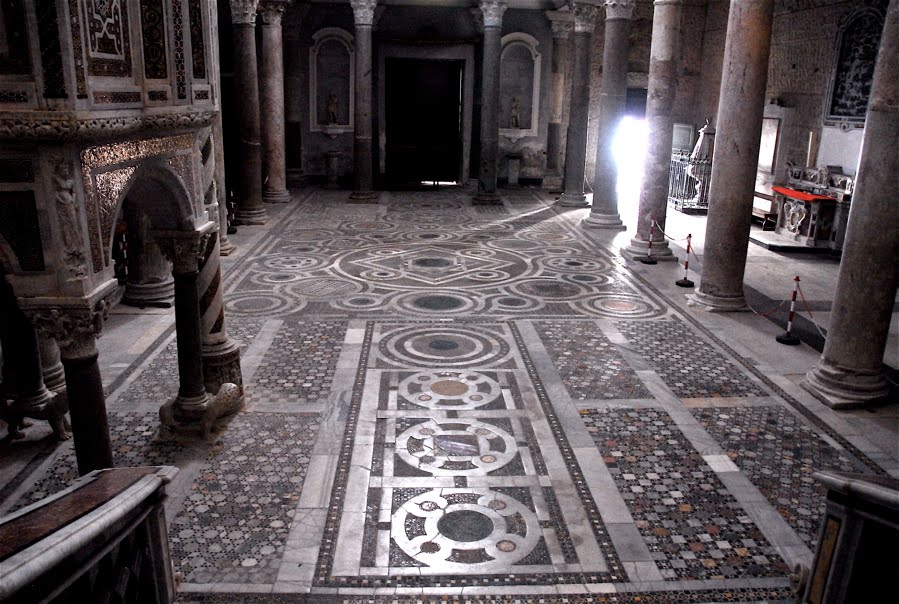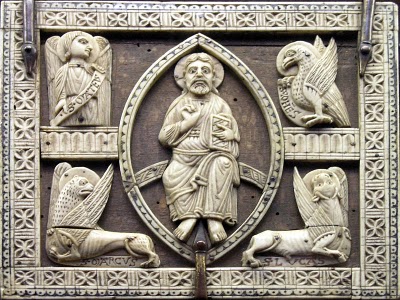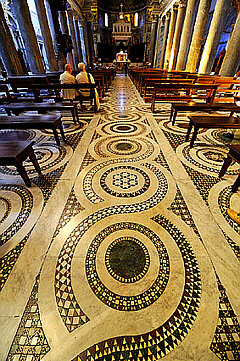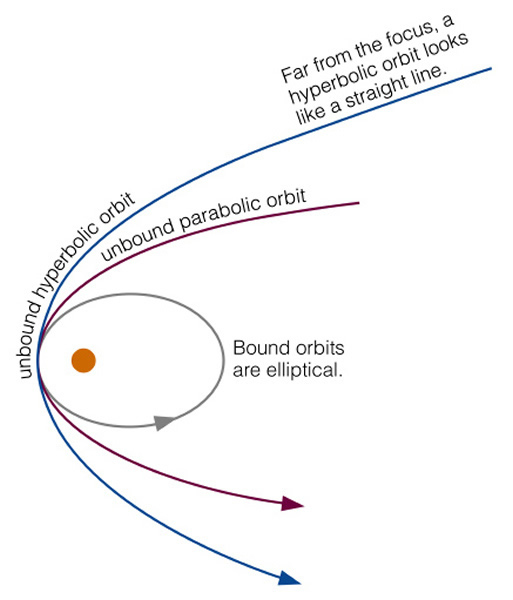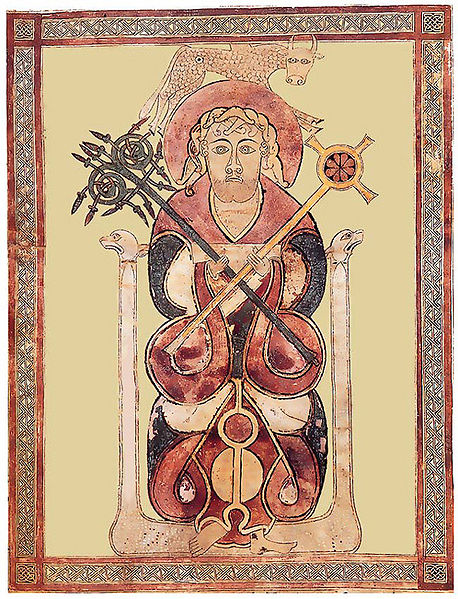 Here is a book worth considering for students of traditional patterned art. The series is the Library of Design and the title is Treasury of Ornament - Pattern in the Decorative Arts by Heinrich Dolmetsch. This and a number of similar books by the author are available here. I came to it by way of one of the freshman students at Thomas More College, Meg Berger, who has a personal interest in these traditions. It is a recent publication of a book first produced around the turn of the last century in Germany, the first English edition coming out in 1908. Each plate is an arrangement of up to 15 or so different patterns from different original sources in each classification discussed. He covers both 'hard' geometric patterns and 'soft', more calligraphic forms in ancient non-Christian and Christian traditions, East and West. Particular examples are numerous plates in each category of Egyptian, Greek, Roman, Chinese, Japanese, Arabian, Turkish, Persian and Indian. Two thirds of 85 plates are Christian covering Celtic, Western 'medieval', Byzantine, and Renaissance styles.
Here is a book worth considering for students of traditional patterned art. The series is the Library of Design and the title is Treasury of Ornament - Pattern in the Decorative Arts by Heinrich Dolmetsch. This and a number of similar books by the author are available here. I came to it by way of one of the freshman students at Thomas More College, Meg Berger, who has a personal interest in these traditions. It is a recent publication of a book first produced around the turn of the last century in Germany, the first English edition coming out in 1908. Each plate is an arrangement of up to 15 or so different patterns from different original sources in each classification discussed. He covers both 'hard' geometric patterns and 'soft', more calligraphic forms in ancient non-Christian and Christian traditions, East and West. Particular examples are numerous plates in each category of Egyptian, Greek, Roman, Chinese, Japanese, Arabian, Turkish, Persian and Indian. Two thirds of 85 plates are Christian covering Celtic, Western 'medieval', Byzantine, and Renaissance styles.
This will be of interest, I think, to those who are seeking to re-establish (or perhaps one might say at the very least reinvigourate) the Christian tradition of geometric and patterned art. While one does not want to look exclusively at Christian traditions now any more than those who formed these traditions in the first place did, one must look discerningly at the art of non-Christian cultures. The principle of universality is very important in this process of discernment. (though not the only one). The task, therefore in studying the art of other cultures is to try to separate out the universal qualities from the parochial. This is not absolutely straightforward. We might look for visual elements that are common to all of course. That is helpful, but also restricting because as every general principle is manifested through the creation of a particular example it might cut out some forms that are worthy of consideration even though unique.That is because principles are unchanging, but their application is not. We might have two distinct forms that neverthless participate fully in one governing principle. In other words the idea behind two things that look quite different, might be the same. It is that idea that we are trying to discern.
A way of looking at universality was described to me recently by Thomas More College's Composer i Residence, Paul Jernberg. As a composer he is always trying to create new applications of the general principles that define sacred music. He talks of particular forms, with plainchant being the best exemplar, that might characterise a time and place, but nevertheless are accessible to people who are not from either. Universality, is therefore, another way of describing this noble accessibility.
In the context of art, a lot of this will be a judgement call on the part of the artists. We cannot always define precisely what it is we are looking for, but that does not mean we should not try. If we ask the question, at least, will this appeal across different cultures, then we are more likely to get a satisfactory result.
The images below are, from the top: Byzantine, Chinese, French Renaissance, Italian Renaissance, Arabic-Moorish, and Italian Renaissance pottery.










